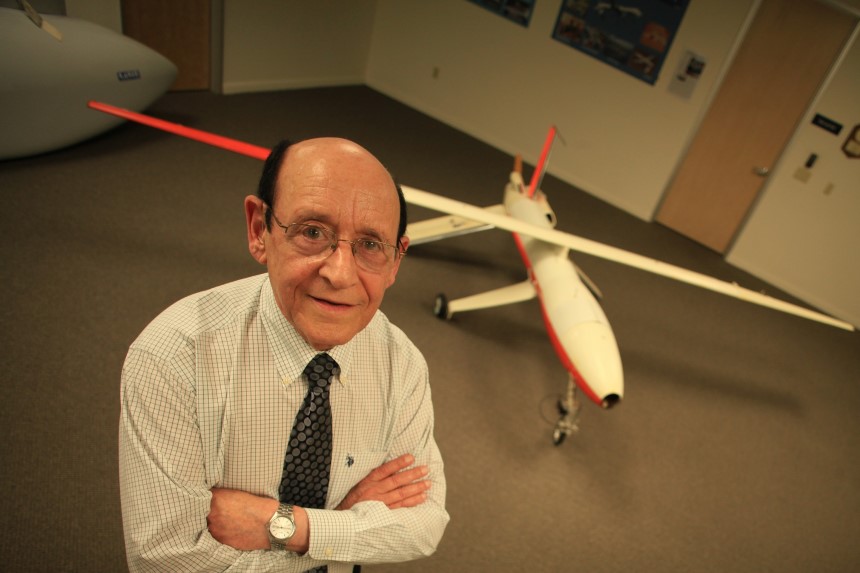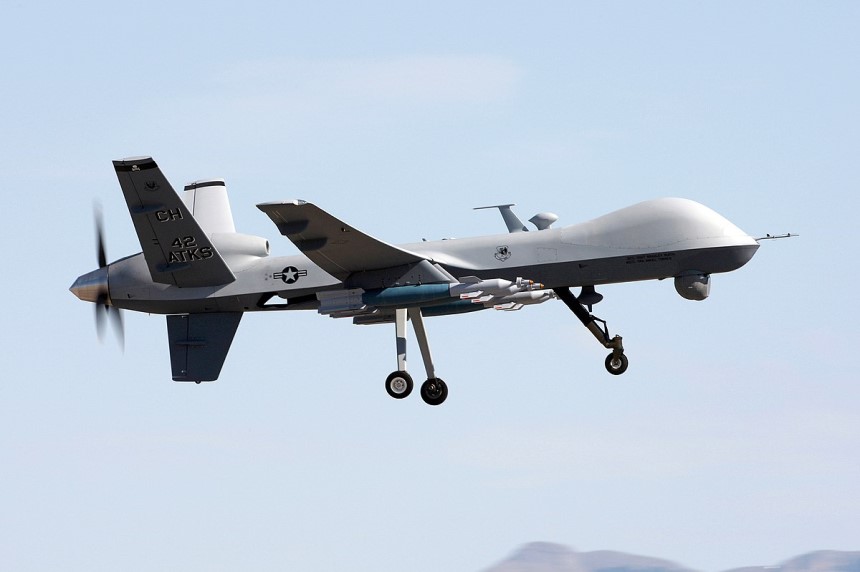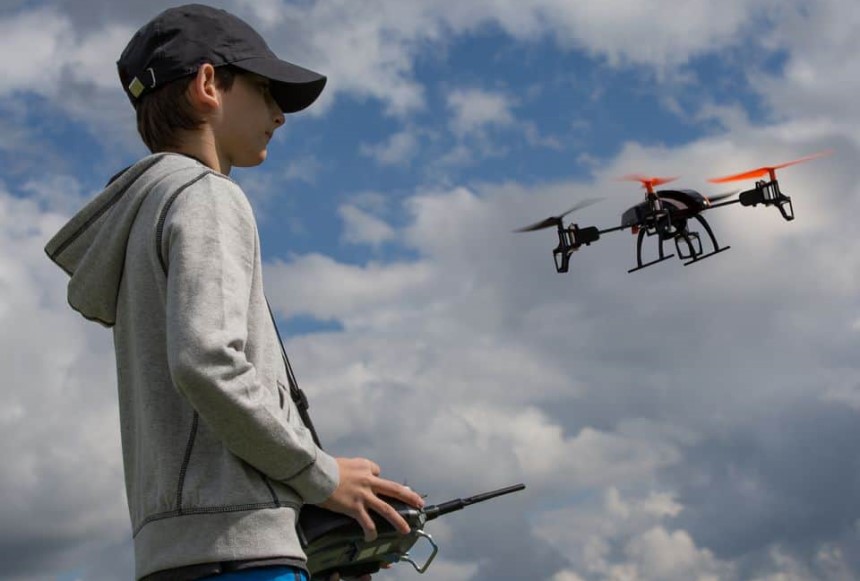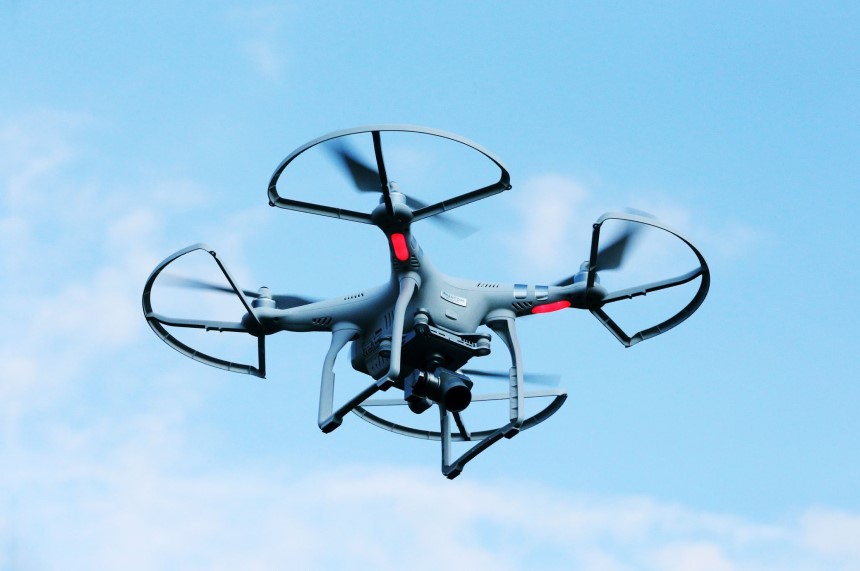Drones have been around for more than a century; although they were not first known with the recent name, the idea in the 1800s was the same. Of course, the first Unmanned Aerial Vehicles were not exactly as functional and inexpensive as the affordable drones that now fill today, but they were the blueprint for these.
Drones have gone through a lot of evolutions. Before, they were majorly designed for military offense and penetration into opposition territories and had a narrow focus. Now they have become extremely efficient and are used for many diverse purposes, even most unrelated to warfare.
In recent times, anyone can easily purchase a drone, and there are even kids drones that have a level of endurance that rivals the first productions and models. However, despite the functionality and variations in the use of drones, their first use as a combat weapon remains, and they have evolved to become extremely functional and accurate for target aiming.
With all the evolutions and upgrade with Drones, the questions that have continued to pop up are, what exactly are drones, how do they work, and who invented them? This article will answer these questions and satisfy your curiosity on every question you have ever asked about these flying small portable aircraft.
Drones are put aircraft that do not have onboard pilots, crews, or passengers. They are usually of different sizes, and their mission is specific and narrowed compared to normal flights. Drones are officially known as Unmanned Aerial Vehicle and which is a component of Unmanned aircraft system.
The control of drones is generally remote-based from land, aka ground-based control. However, control methods differ. For example, a human operator could control a drone via remote (known as remotely piloted aircraft). It could also be controlled with autopilot assistance that involves auto maintenance of pathways while still being monitored by a human operator.
When the first installments of drones were designed, they were generally fixed-wing and did not have routers. Some of the modern fixed Wing Drones are an offshoot of the traditional designs, and it is more likely to get fixed-wing drones than rotorcraft design.
Drones today are increasingly advanced devices and serve different purposes. There are different types and sizes of drones with different classifications serving different needs. There are five major categories of drones in terms of weight and size.
| Size | Weight |
| Nano | up to 250 g |
| Micro air vehicles Trusted Source Micro air vehicle - Wikipedia A micro air vehicle (MAV), or micro aerial vehicle, is a class of miniature UAVs that has a size restriction and may be autonomous. Modern craft can be as small as 5 centimeters. Development is driven by commercial, research, government, and military purposes; with insect-sized aircraft reportedly expected in the future. The small craft allows remote observation of hazardous environments inaccessible to ground vehicles. MAVs have been built for hobby purposes, such as aerial robotics contests and aerial photography. en.wikipedia.org (MAV) | 250 g – 2 kg |
| Miniature UAV Trusted Source Miniature UAV - Wikipedia Miniature UAVs range from micro air vehicles (MAVs) that can be carried by an infantryman, to man-portable UAVs that can be carried and launched like an infantry man-portable air-defense system. The term is usually applied to those used for military purposes. en.wikipedia.org or small (SUAV) | 2-25 kg |
| medium | 25-150 kg |
| large | over 150 kg |
Nowadays, drones serve military purposes, as there are now designs for leisure, non-military profession, product deliveries, infrastructure inspection, drone racing, and science. The DJI Mini 2 Ultralight and Foldable Drone Quadcopter is a perfect example of leisure and aerial capturing drone. Some kids’ drones are for capturing, controlling learning, and other kids-loving activities.
Since their first usage in the mid-1800s, drones have been utilized for photography, safety, security, and environmental programs. But, warfare accounts for paving the way for the drone technology we have now. Army units worldwide were among the earliest to recognize the advantages drones might provide to wartime plans and started expanding the business.
The first invention of drones can be traced back to Britain in 1917, after the first successful pilotless winged aircraft called the Ruston Proctor Aerial Goal was launched. In 1935 Britain continued its drone developments and created similar drones like the one designed in 1917. One of the models, DH. 82B Queen Bee was called the drone. The drone name stuck with other subsequent models, and that has continued to date. Germany, however, made the first remote-controlled drone in 1943 during World War II. Abraham Karem is an influential figure in modern drone systems due to his contributions to creating smaller-sized drones.
Drone popularity may have peaked in the past few years, with almost anybody able to afford it. However, its origin and beginnings cut into a century back to 1907 when earlier ideas were put into practice by the inventor brothers Jacques and Louis Bréguet alongside Nobel prize winner Charles Richet.
Following similar pilotless drones’ production in 1935, Britain carved out the drone term for the DH. 82B Queen Bee model. The name stuck with subsequent models made, and drones became a shorter form of calling unmanned aerial vehicles. The drones made by the British and America were for military and combat purposes, but they were not rampant in World War II. However, Germany made use of the first remote-controlled drone in 1943 against the allies.
In 1960, breakthrough advancements in transistors made it possible to make smaller drones that were all radio-controlled. This led to drones being cheaper, and wealthy non-military persons in the United States could afford to get a drone. As the years went on into the 2000s, it became much easier for people to get drones as just citizens though it was still costly, and an average earner would find it a luxury too much to afford.
After the 911 terror strike on America was launched, the CIA set up the first armed drones over Afghanistan against terror groups. In 2002, an innocent afghan was killed after the drone strike mistook him for terror leader Osama Bin Laden. While the strike was Human error in mistaking the victim as Osama Bin Laden, the argument that arose was that if it were Human forces sent, the death could have been averted. The death flamed up subtle arguments on whether drones should be used in war.
In 2006, drones had become extremely popular, and the FAA began issuing permits for official drones’ start-ups. However, rules to guide drone use were established, and to date, these rules still exist, with an example being the Drone laws in Florida that state what is required for civilians to use drones. By 2016, drones had become affordable, and companies such as the DJI’s Phantom 4 introduced smart features that allow its produced drones to retain knowledge to avoid obstacles.
These sections will answer in detail frequently asked questions on drones.
Who invented the drone?
While Unmanned Aerial vehicles had started taking simple shapes, right from the early 1990s, the first real drone breakthrough during Britain’s development of realistic models was in 1917. the British made a significant breakthrough in drone history with DR. Archibald Low designing The Aerial Target, a British radio-controlled aircraft from the First World War. It became the first-ever drone actually to fly based on control instructions after a successful test.

The Drone pilot was Henry Seagraves. Abraham Kareem, however, made a lot of advancements in what is the blueprint for modern-day drones.
Why is a drone called a drone?
The first use of the term drone can be traced to the period between the first world war and the second world war. After the first war, the British advanced their work on crewless aircraft and, in 1935, designed more radio-controlled aircraft. A particular model named the DH.82B Queen Bee has fondly termed the drone, and it was from there the name became a thing with unmanned aerial vehicles.
Are military drones electric?
Unlike other drones, military drones are much more efficient and expertly designed for combat purposes. Military drones generally use rechargeable batteries that could last up to thirty minutes. However, with recent advancements, military drones now last longer, and most use varying power sources at a go.

Most military drones use battery and solar power for durability.
How are modern drones used?
Modern-day drones are used for many purposes, and civilians or leisure drone users cannot access all kinds of drones. For example, military drones are extremely advanced drones and the most produced drones, serving the major purpose of the first idea during World War II. Military drones are used as target decoys during combats or invasions. They are also used for development and research, supervision, and modern-day tactical training for soldiers.
Are there safe kids’ drones?
Yes, kids’ drones look exactly like the real deal and have all the components that make them fly. But these are generally real drones’ lookalike and do not have as much lasting power as the former. They are also meant for fun and have limited flight power within a couple of kilometers from the radio control.

While the general opinion of drones is small fixed-wing unmanned air flight devices, the fact is that they are of different sizes, with some almost as big as the size of a mini aircraft. Air drones have five categories in terms of their size and weight they are Nano drones which weighs up to 250 g, Micro air vehicles which weigh between the range of 250 g – 2 kg, Miniature UAV or small drones which weigh 2-25 kg, medium weight drone which weighs between 25-150 kg, and large drones which weigh over 150 kg.
Are drones in their final stages of development?
While recent drones seem to be in their most efficient and effective form, countries are not relaxing on developing better weaponry. As such, there is still the possibility of recent drones getting better.
 Final Thoughts
Final ThoughtsThe evolution of Drones over time since their first creation before the World Wars has been outstanding, with every G20 country creating and developing their Unmanned Aerial Vehicles. However, these fast, efficient small carries or spy devices are not only created for gloom and doom and have been used successfully in other areas of life. For most shows, concerts, and gatherings, it is a common feature to spot a light engine running over the sky and filming everything going in.
Also, inexpensive drones with great functionality have become a thing, and anybody with a couple of hundred bucks can get a full efficient drone with long-lasting power, great speed, and precision capturing.
While it is true that the question; who invented drones is rampant and not unpopular, the fact is that there are no names that can be pointed out to be the very first inventors as those details were kept confidential. However, Abraham Kareem is one of the spearheads that contributed to modernizing and paving the way for modern drones. Hopefully, more advancements will be made and drones more accessible than it is already. However, there will always be laws guiding its use to prevent dangerous harm and the invasion of other people’s privacy.